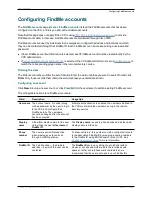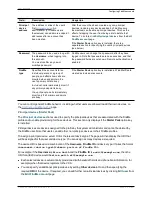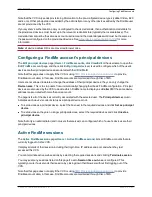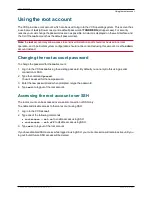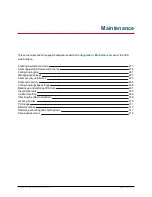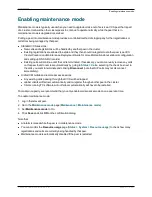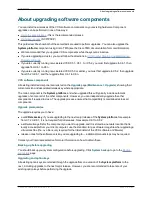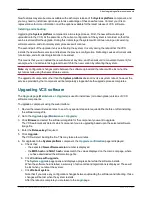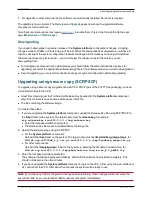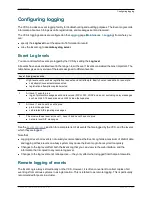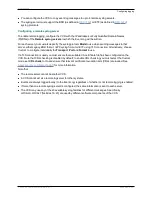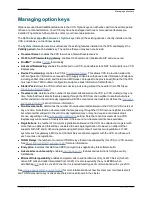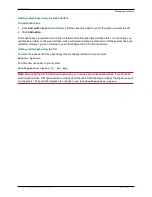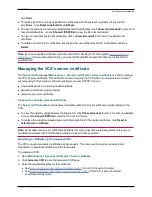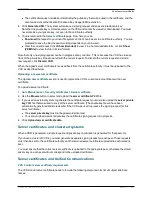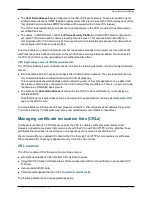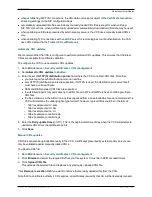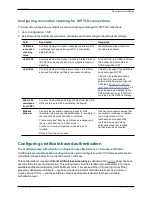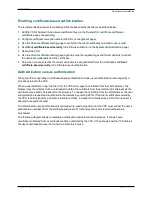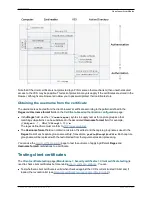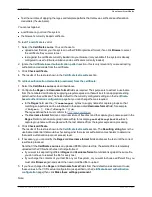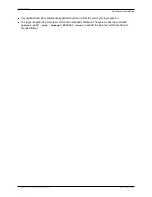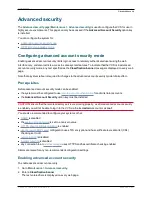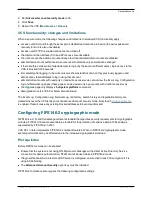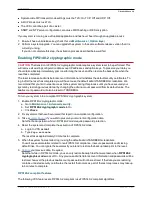
n
You can configure the VCS to copy event log messages to up to 4 remote syslog servers.
n
The syslog server must support the BSD (as defined in
RFC 3164
) or IETF (as defined in
RFC 5424
)
syslog protocols.
Configuring a remote syslog server
To enable remote logging, configure the VCS with the IP addresses or Fully Qualified Domain Names
(FQDNs) of the
Remote syslog servers
to which the Event Log will be written.
For each server you must also specify the syslog protocol
Mode
to use when sending messages to that
server, either
Legacy BSD format
,
IETF syslog format
or
IETF using TLS connection
. Alternatively, choose
Custom
to configure individually the
Transport
,
Port
and
Format
to use.
If a TLS connection is used you must ensure that a suitable CA certificate file has been configured on the
VCS. Note that CRL checking is disabled by default; to enable CRL checking you must select the
Custom
mode, set
CRL check
to
On
and ensure that relevant certificate revocation lists (CRLs) are loaded. See
About security certificates [p.285]
for more information.
Note that:
n
The remote server cannot be another VCS.
n
A VCS cannot act as a remote log server for other systems.
n
Events are always logged locally (to the Event Log) regardless of whether or not remote logging is enabled.
n
If more than one remote syslog server is configured, the same information is sent to each server.
n
The VCS may use any of the 23 available syslog facilities for different messages. Specifically,
LOCAL0..LOCAL7 (facilities 16..23) are used by different software components of the VCS.
Cisco VCS Administrator Guide (X8.1.1)
Page 282 of 507
Maintenance
Configuring logging




